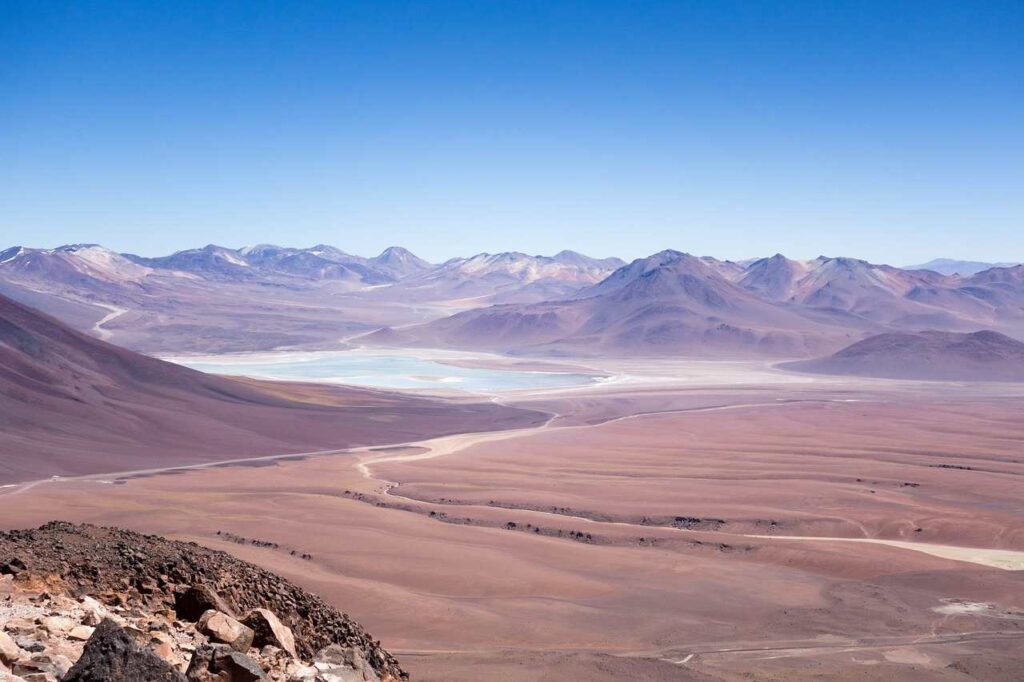Spain, known for its beautiful beaches, rich culture, and delicious food, is facing a serious problem: drought. This lack of water is affecting many aspects of life in Spain, from farming to tourism, and even the housing market. In this article, we will explore why this drought is happening, which areas are most impacted, and what the government and local communities are doing to address the issue.
Why Is There a Drought in Spain?
Droughts occur when there is a long period of time with little or no rain. In Spain, the drought crisis is largely due to climate change. As the planet gets warmer, Spain is experiencing hotter and drier weather. These extreme temperatures cause water to evaporate faster, drying out rivers, lakes, and reservoirs that provide water to the country.
In 2023, Spain recorded its third-driest year since 1961, with rainfall around 20-30% below average. Some areas experienced a drop in rainfall by as much as 50% during critical periods, affecting water availability significantly. The average temperature in Spain has risen by 1.7°C over the past century, which accelerates evaporation rates and exacerbates the drought conditions.
Which Areas Are Most Affected?
Not all parts of Spain are equally affected by the drought. Some regions are hit harder than others. For example:
- Andalusia: This southern region, famous for its flamenco music and beautiful coastlines, is one of the most affected. The Guadalquivir River, one of Spain’s major rivers, has seen water levels drop by about 60% in some reservoirs. Andalusia’s agriculture and water supply are under significant stress.
- Catalonia: Located in the northeast, Catalonia is another area struggling with drought. The region’s water reservoirs have been at low levels, with some at only 25% of their capacity. This has serious implications for both the environment and the people who live there.
- Valencia: Known for its orange groves and the City of Arts and Sciences, Valencia is also facing serious water shortages. The Júcar and Segura river basins, which supply water to the region, have been severely affected, with storage levels often dropping below 40% of their capacity.
Impact on Different Markets
The drought in Spain is causing problems in several key areas:
- Agriculture: Farming is one of the industries hit hardest by the drought. Spain is the world’s largest producer of olives, and the second-largest producer of almonds, both of which require significant water. The drought has led to a 50% reduction in olive oil production in some areas. This reduction affects not just Spain but other countries that import Spanish produce. Overall, the agricultural sector could lose over 8 billion euros due to the drought.
- Tourism: Tourism is a big part of Spain’s economy, making up about 12% of the country’s GDP. Many tourists come to Spain for its sunny weather, but the extreme heat and water shortages can make visiting less enjoyable. In 2023, some regions experienced temperatures exceeding 40°C for extended periods, making outdoor activities challenging. Resorts and hotels need water for their pools and gardens, and with water restrictions in place, the tourism industry may suffer, potentially losing millions of euros in revenue.
- Property Market: Drought also impacts the housing market. In areas where water is scarce, property values can drop by as much as 10-15%. People are less likely to buy homes in regions where water shortages are common because it affects their quality of life. Water restrictions can also lead to higher costs for homeowners, who may need to invest in water-saving technology. Additionally, reduced agricultural output affects rural property prices, as farmland becomes less productive and valuable.
What Are the Government and Autonomous Communities Doing?
Both the Spanish government and local autonomous communities are taking steps to tackle the drought crisis:
- Water Restrictions: To conserve water, authorities have implemented water restrictions in many areas. In some regions, water usage is limited to 200 liters per person per day. This includes limits on how much water people can use for things like watering gardens or filling swimming pools.
- Desalination Plants: Some regions are investing in desalination plants, which turn seawater into drinking water. Spain currently has over 700 desalination plants, producing around 1,600 million cubic meters of water annually. This can help provide water in coastal areas where fresh water is scarce.
- Water Recycling: Programs to recycle water are being expanded. Currently, Spain recycles around 10% of its wastewater, and there are plans to increase this percentage significantly. Recycled water can be used for irrigation and other non-drinking purposes, helping to save fresh water for drinking and cooking.
- Public Awareness Campaigns: Governments are also educating people about the importance of saving water. By encouraging everyone to use less water, the impact of the drought can be reduced. For example, campaigns encourage citizens to take shorter showers, fix leaks, and use water-efficient appliances.
What Does the Future Look Like?
The future of Spain’s drought crisis depends on many factors, including climate change and how well the country can adapt. Scientists predict that by 2050, Spain could see a 20% decrease in water availability if global temperatures continue to rise. This means that Spain needs to prepare for a future with less water.
There is hope, though. By using technology to manage water better, such as smart irrigation systems and improved water storage, Spain can reduce the impact of droughts. For example, using drip irrigation, which uses up to 60% less water than traditional methods, could become more widespread. It’s also important for everyone to do their part by using water wisely and supporting efforts to combat climate change.
In Conclusion
The drought crisis in Spain is a serious challenge that affects many aspects of life. From agriculture to tourism and housing, the lack of water is having a significant impact. However, with strong government action, community efforts, and individual responsibility, there is a path forward to ensure that Spain can thrive even in the face of water shortages.



